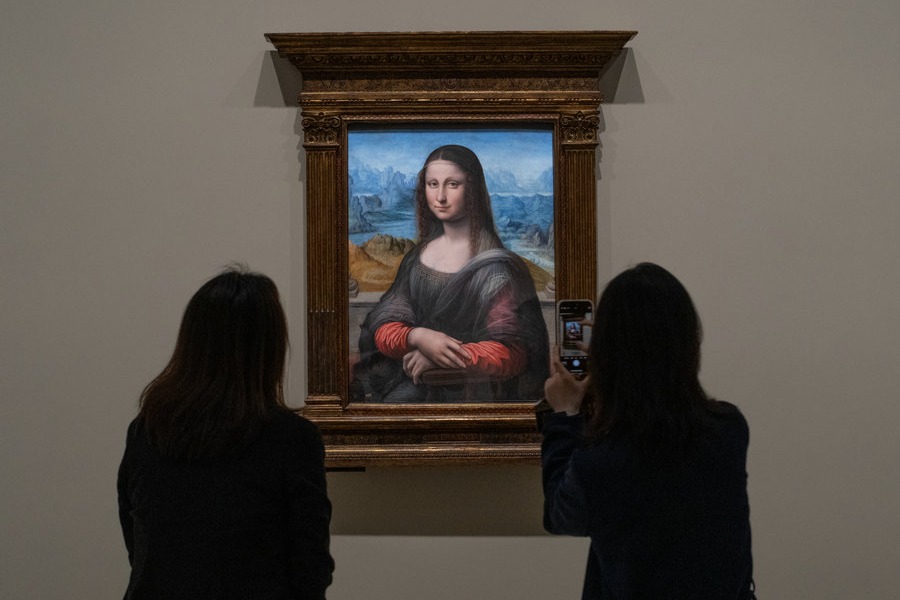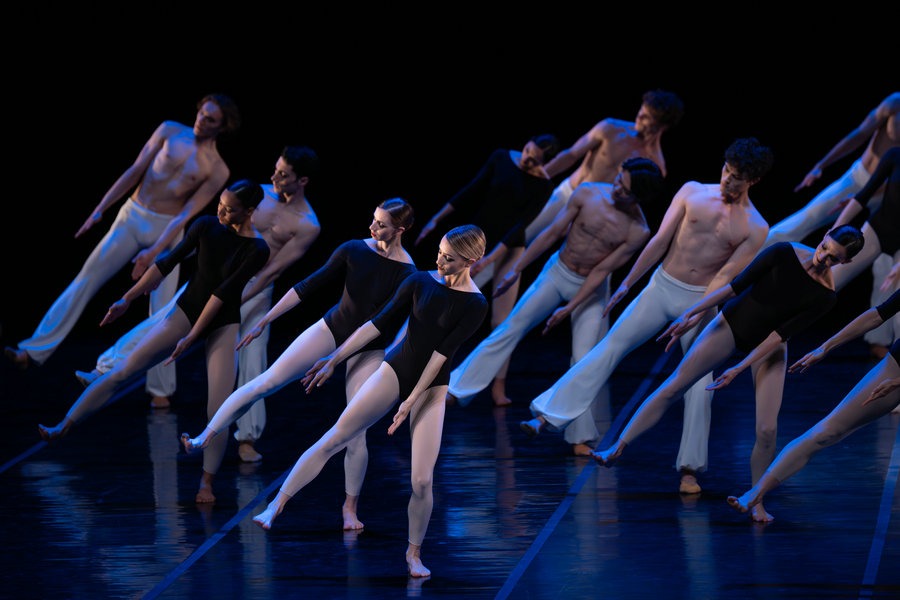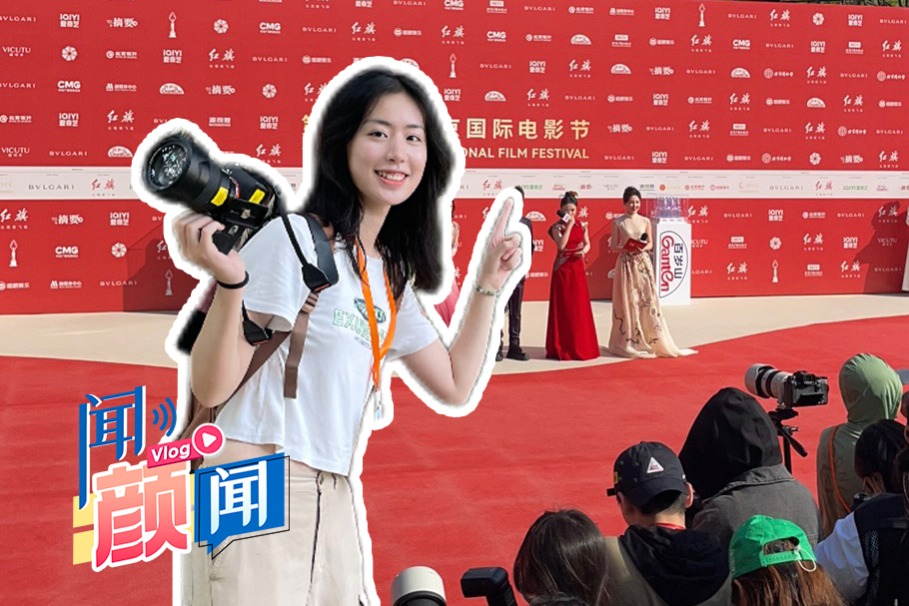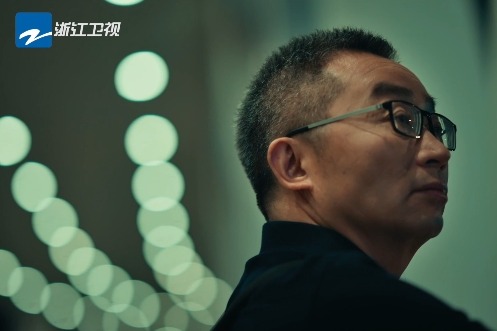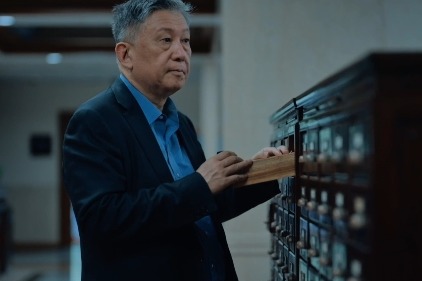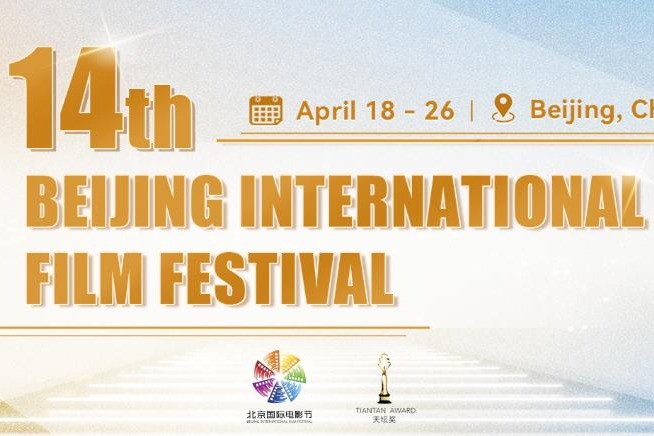Chinese artifacts on display in Chicago


Visitors to an ongoing exhibition at the Art Institute of Chicago will be able to find ancient bronze objects from China, including more than 30 pieces from Shanghai Museum.
The exhibition, called Mirroring China's Past: Emperors, Scholars and Their Bronzes, consists of 180 objects, the majority of which are loaned from the Palace Museum in Beijing, Shanghai Museum, as well as important museums and private collections in the US.
While most bronze sculptures in ancient Greece and Rome depicted humans and animals, the majority of those from ancient China (c.2000–221 BC) were vessels originally fashioned for cooking, drinking and serving food. Found primarily in tombs and sometimes in hoards, these works were used as sacrifices to ancestors, accompaniment for the deceased in the underworld, or as items to commemorate ancestors and lineages in public ceremonies.
Many of these artifacts can be traced back to the collections amassed by China's emperors and eminent scholars. One of the artifacts on exhibition is the tripod cauldron Shi Yin Li from the Palace Museum in Beijing. Measuring 50.8 centimeters high and 54.6 cm wide, the cauldron is the largest vessel of its kind that still exists today.
Another artifact called Xiao Chen Xi You, a wine vessel from Shanghai Museum, is being exhibited for the first time outside of China. The object, which formerly belonged to an acclaimed collector named Wu Dacheng (1835-1902), did not appear on the market till 2010 when it was bought over by Shanghai Museum from another collector.
Also featured at the exhibition is a long scroll called Kezhai Jigu Tu that features a three-dimensional ink rubbing of the wine vessel. It was jointly created by artists Ren Xun, Hu Qinhan and Lu Hui.
The scroll depicts Wu sitting on a wooden couch surrounded by his collection of bronze artifacts. Scholars such as Wu regarded bronze as material evidence in their work of recovering and reconstructing the past, wrote Wang Tao, curator of the exhibition and executive director of initiatives in Asia at the Art Institute of Chicago.
Paintings depicting the lifestyle and studies of the literati have enjoyed enduring popularity in China. It was in the late Qing Dynasty (1644-1911) when relic collection became a subject in these paintings.
According to Li Zhongmou, deputy director of the Shanghai Museum, Xiao Chen Xi You, together with Shisong Ding, Luhou Gui, and Qihou Yi, have always been important pieces of the China ancient bronze exhibition hall at Shanghai Museum.
Wang said he hopes that the exhibition can illuminate China's past and present and provide viewers with a new understanding of ancient bronze relics and their significance.
The exhibition will end on May 13.




















